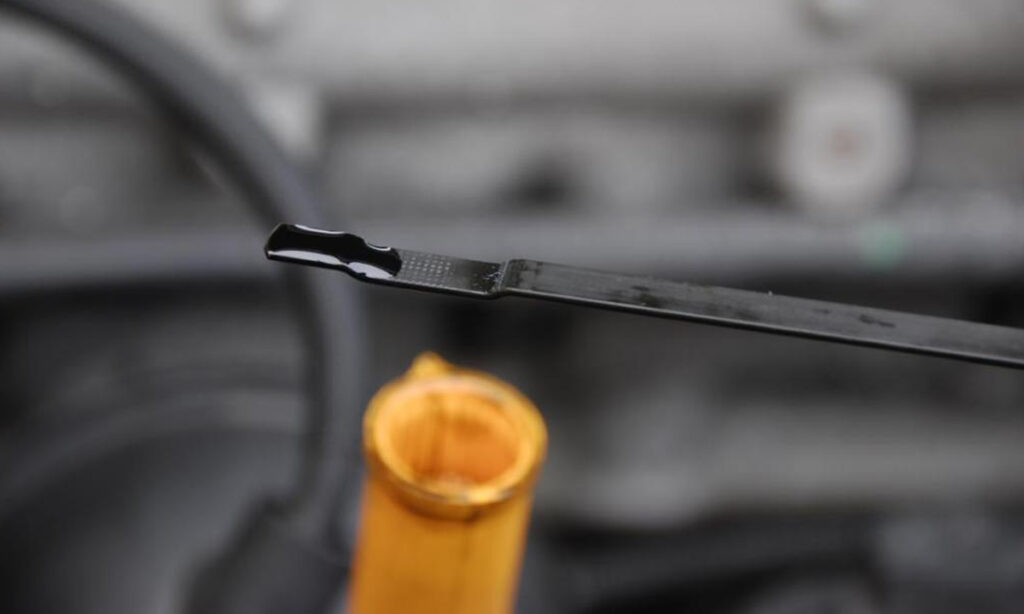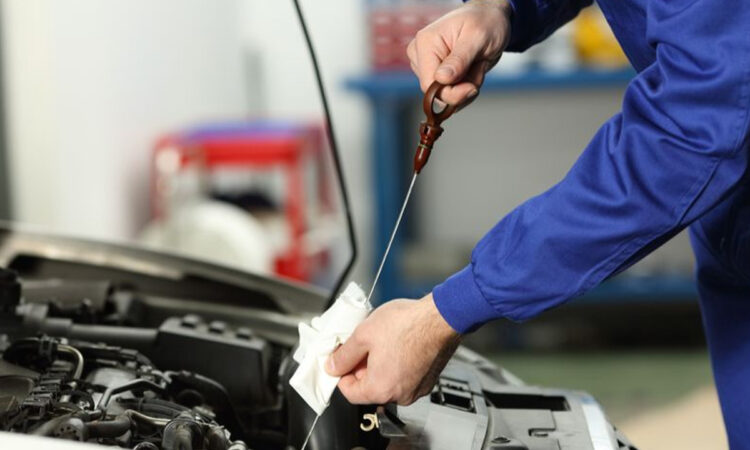Engine oil is essential for keeping your car’s engine running smoothly and preventing damage. In this article, let’s find out How To Check Engine Oil level Of Your Car Correctly.
Engine oil lubricates the moving parts of the engine, cools it down, and removes dirt/ debris. It is essential for keeping your car’s engine running smoothly and preventing damage. If the engine oil level is too low, the engine can overheat, seize up, and eventually fail. Modern cars typically need an engine oil replacement every 10,000km or more. However, city traffic and lower average speeds can force the engine to run longer and consume oil faster. Hence, it is recommended to check the oil level every few weeks. Here’s How To Check Engine Oil level Of Your Car Correctly:
You May Also Like: How to Access Your RC on mParivahan and DigiLocker
How To Check Engine Oil Level in 5 Simple Steps
- Let your engine cool down
The oil level should not be checked if the engine is hot. Wait at least 10 minutes after turning off the engine for the oil to cool down and flow back into the oil pan. Checking the oil level while the engine is hot can give you an inaccurate reading. If you are unsure whether to check the oil level on a hot or cold engine, consult your car’s owner’s manual. Some manufacturers recommend checking the oil level on a cold engine, while others recommend checking it on a warm engine.
- Park the car on a leveled ground
Make sure the car is parked on a level surface. Avoid parking on a ramp or an uneven patch of the road, as the tilt of the car can give you an inaccurate reading of the engine oil level.
You May Also Like: How to Find Vehicle Owner Details Online?
- Take out the yellow dipstick from the engine compartment
Open the hood of your car and locate the yellow dipstick cap. It is typically located in the center of the engine compartment. Remove the dipstick cap and wipe it with a dry cloth. Make sure the cloth is clean before wiping the dipstick. Any dirt or moisture on the cloth could damage the engine.
- Put it back and take it out again to notice the oil mark
Once you wipe the dipstick clean, insert it back into the engine and wait for a second. Then, pull it out and check the oil level. The oil level should be between the minimum and maximum markings on the dipstick. The dipstick usually has L/H (low/high) or Min/Max (minimum/maximum) markings on it. If the oil level is low, add oil until it reaches the “full” mark. Always use the same grade oil. Never overfill the engine with oil as recommended by your car’s manufacturer.
You May Also Like: What is ADAS and How Does it Work?
- Top up the engine oil and repeat the process
To top up the oil, open the oil filler cap which is located near the dipstick cap. Be careful not to spill any oil on other parts of the engine. Add a little bit of oil at a time, and check the level with the dipstick after each addition. Wait a few seconds between additions to allow the oil to settle. Once the oil level is between the proper markings on the dipstick, close the oil filler cap.

Checking your engine oil level is a quick and easy way to prevent costly engine damage. It only takes a few minutes, and it can be done once every few weeks or before a long journey. If you found this post helpful, share it post with your friends and family. Follow us for more tips about car maintenance. If you have any questions or comments, please feel free to leave them in the comments section below.
You May Also Like: All You Need to Know About Electric Car Insurance


